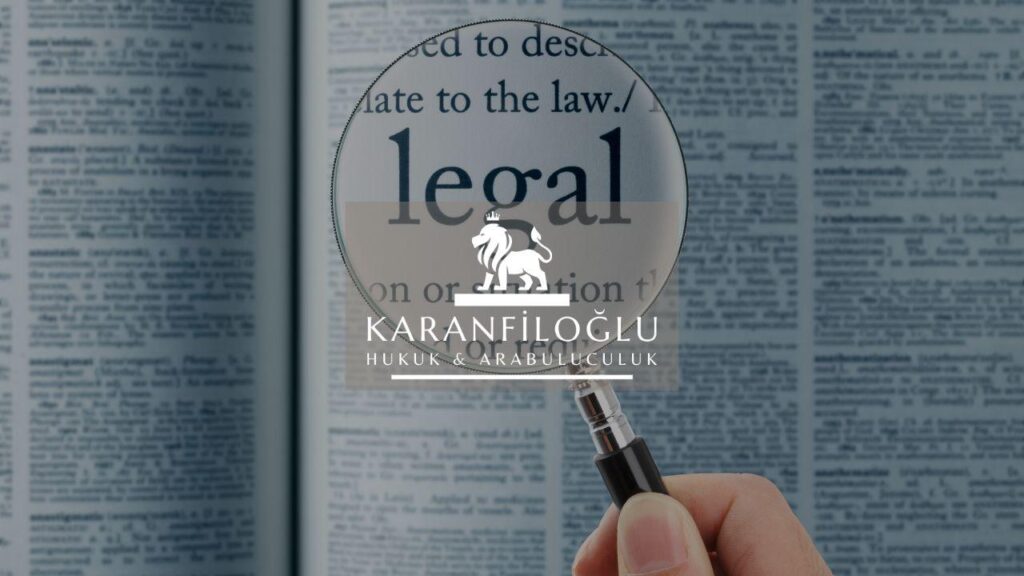Understanding the intricacies of material damages and moral damages in compensation law can feel like unraveling a complex tapestry. Yet, gaining insight into these critical concepts is vital for anyone navigating civil liability disputes. Material damages refer to the tangible losses one might suffer, such as loss of income or repair costs. On the other hand, moral damages cover emotional suffering—those intangible harms that leave a lasting impact. In compensation law, distinguishing between these two forms of damages is essential for framing damages claims effectively. It’s like ensuring every piece of a puzzle perfectly fits, achieving both justice and fairness. Civil liability hinges on proving the right type of loss, whether material or moral. Thus, a clear understanding will not only assist in building strong cases but also aid in fair settlements. This knowledge transforms confusion into clarity, paving the way for successful resolutions.
Understanding Material Damages: Types and Examples
Material damages in compensation law represent the tangible losses one incurs, intricately tied to financial setbacks. Picture a shattered vase; it’s not just broken glass but a monetary loss, similar to cost-heavy medical bills or property repairs after an accident. These damages are like the stark numbers on a bill, plainly calculated and presented. When pursuing damages claims, it’s crucial to compile these costs meticulously, showcasing every financial dent with accuracy. Civil liability often hinges upon these detailed accounts, serving as a foundation for compensation. Morally akin to the black and white keys on a piano, material damages set the stage, influencing the melodies of court settlements and negotiations. From stolen goods to lost wages, each instance highlights the necessity of detailed documentation and understanding within compensation law, ensuring rightful reparations for those wrongfully affected.
Material damages encompass various types, each shedding light on different scenarios within compensation law. These include the obvious—like broken devices or ruined vehicles—demanding substantial repair costs. Then, there are indirect consequences such as loss of income during recovery, capturing the ripple effect of an accident. An employee injured at work may face not just medical expenses but also the wages lost during their absence, a core aspect of civil liability. Another example is business interruption, where damages claims may cover ongoing operational losses, underlining the expansive nature of material damages. Each case paints a vivid picture of how these losses manifest in everyday life. Within the framework of compensation law, understanding these diverse examples helps claimants prepare robust files, securing the rightful compensation they deserve. As with moral damages, illustrating the full spectrum of material damages is crucial for comprehensive legal redress.
Material damages go beyond the obvious, like damaged property. Consider medical expenses. These can escalate quickly, weaving a dense web of financial burden. Within compensation law, they form a fundamental component of damages claims. For instance, a car accident victim might face hospital bills that pile up alarmingly, intertwining with asset repair costs and, sometimes, long-term therapy expenses. On a different note, lost wages during recovery aren’t just financial losses; they strike at the core of civil liability, challenging one’s livelihood. Additionally, the ripple effects extend to unexpected scenarios like increased insurance premiums or costly legal fees, each a testament to the multifaceted nature of material damages. Understanding these elements helps in crafting precise claims. So whether it’s repairing the broken vase or recuperating from an accident, recognizing the depth and breadth of material damages prepares claimants for a comprehensive fight for justice.
The Role of Moral Damages in Legal Compensation
Moral damages hold substantial weight in the arena of compensation law, serving as a vital element for addressing emotional suffering. When civil liability arises, these damages bridge the gap between tangible losses and personal anguish. Imagine suffering the sting of injustice, where financial loss isn’t the sole scar. That’s where moral damages step in, adding depth to damages claims by recognizing the emotional toll. Compensation isn’t just about dollars and cents; it’s about mending the heart as much as patching the pocket. As the courtroom becomes an arena of emotions, articulating the presence of moral damages becomes crucial in seeking fair redress. It is here that the invisible wounds of distress find their voice, urging for acknowledgment and rectification. So, as we dissect civil liability and damages, we cannot overlook moral damages—a compass guiding the pursuit of holistic justice.
In the landscape of legal compensation, the concept of moral damages has emerged as a champion for justice beyond the ledger. In cases of civil liability, material damages often quantify the financial cost, yet they fall short in addressing the chorus of human suffering. Here, moral damages play a pivotal role—delving into emotional distress, honor, or reputation loss. Imagine a scenario where the physical losses are addressed, but the emotional scars remain unattended. This is where moral damages weave through the fabric of compensation law, ensuring the emotional facets of an injury are neither muted nor marginalized. They amplify voices, allowing courts to balance scales not just materially but also morally. In crafting a damages claim, framing these emotional hurts accurately can spell the difference between simple reimbursement and true redress. Thus, moral damages are a beacon in the quest for comprehensive justice in our evolving civil liability landscape.
Moral damages, while often overshadowed by their material counterparts, are essential in the mosaic of legal compensation. They serve a critical function in acknowledging the non-economic impacts of civil liability. When engaging in damages claims, understanding this dynamic is crucial. Imagine standing before a canvas of loss, with financial strains painted in stark black and white. Here, moral damages splash color, acknowledging the emotional nuances that material damages miss. They bring to light the silent struggles—a process as intricate as crafting a finely tuned narrative. Compensation law is not merely about balancing accounts; it’s about harmonizing tenderness with tangible restitution. By threading moral damages into the fabric of legal compensation, courts energize the pursuit of justice, ensuring both heart and ledger reflect true equity. So, in our journey through compensation law, recognizing moral damages enriches the dialogue, creating a robust framework for achieving profound justice.
Navigating Compensation Claims: Key Considerations and Strategies
Navigating compensation claims requires an astute understanding of both material and moral damages. These claims often involve a blend of strategy and insight, where each step can tip the scales of civil liability. Start by meticulously documenting every tangible loss. This involves calculating repair costs, loss of income, and other material damages. Equally essential is capturing the emotional toll—moral damages—through personal testimonies and expert assessments. In compensation law, assembling compelling evidence is like constructing a sturdy bridge; it supports your journey toward a fair settlement. The art of crafting damages claims lies in the balance, ensuring both material and emotional aspects are adequately represented. When well-executed, this approach enhances the credibility of the claim, paving the way for justice. As you steer through the maze of compensation law, these strategies can be the beacon that guides you to clearer waters, ensuring just outcomes.
When approaching material damages within compensation law, clarity is key. It’s important to dissect each element with care, identifying all potential costs and losses. Start by listing the financial impacts: medical bills, property damage, and income disruptions that form the core of your damages claims. Simultaneously, don’t sideline moral damages—they deserve equal attention. These encompass emotional distress or psychological impact, often harder to quantify yet equally significant. This dual focus strengthens your case. For both material and moral damages, leverage expert opinions and witnesses to authenticate claims. This builds credibility, much like laying a solid foundation under a house. Remember, in civil liability disputes, the devil is in the details. So, comprehensive documentation becomes your ally, ensuring nothing slips through the cracks. As you delve into these complexities, keeping a clear strategy aligns your case with the intrinsic demands of compensation law, steering you towards equitable resolutions.
In the intricate dance of compensation law, identifying key players can make or break a case. Dive into damages claims with a critical eye, ensuring that both material damages, like property loss, and moral damages, such as emotional distress, are front and center. Effective claims require a strategic approach: map out the impacts, and use expert testimony and witnesses to strengthen arguments in civil liability battles. Don’t forget the human element; personal stories often powerfully convey moral damages. Assembling evidence is like gathering ingredients for a perfect recipe, each piece essential for success. Consistent documentation serves as your guiding star, helping avoid pitfalls and uncover hidden opportunities in the claims process. With civil liability unfolding like a story, every detail matters, turning the complex world of compensation into a field of equitable solutions. Adhere to these principles, and you’ll confidently navigate the often daunting landscape of compensation law.
Disclaimer: This article is for general informational purposes only and you are strongly advised to consult a legal professional to evaluate your personal situation. No liability is accepted that may arise from the use of the information in this article.







